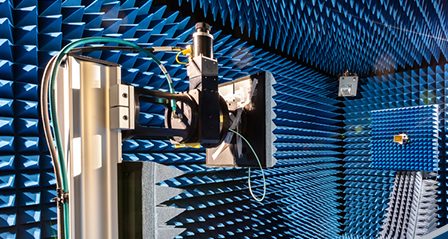
ELECTROMAGNETIC COMPATIBILITY
Our research group is actively engaged in Electromagnetic Compatibility (EMC), addressing this topic through both experimental and modeling approaches. On the experimental side, we design and carry out measurements to characterize and assess electromagnetic interference phenomena in different application domains. In parallel, we develop and apply advanced numerical models and methods to predict EMC behavior in complex systems. This combination of simulation and experimental validation allows us to better understand and anticipate compatibility issues, ultimately supporting the design of innovative and reliable technological solutions. By integrating experimental and modeling activities, we contribute to improving the safety, robustness, and electromagnetic compliance of industrial devices and systems.
ELECTROMAGNETIC PROCESSING OF MATERIALS
Our research in Electrotechnical Technologies for Thermal Processes focuses on both experimental investigations and numerical modeling in the field of electrothermia and metallurgy. We study and develop electrically driven thermal technologies applied to material processing, with particular emphasis on heat treatments, melting, and recycling processes. On the experimental side, we design and test advanced systems for controlled heating, aiming at improving process efficiency, material quality, and energy sustainability. In parallel, we employ numerical methods and simulation tools to predict and optimize the thermal and electromagnetic behavior of materials during treatment, enabling a deeper understanding of complex multiphysics phenomena. By integrating laboratory experimentation with modeling approaches, our research contributes to the development of innovative electrothermal solutions for metallurgy, materials recovery, and other industrial applications where electrically powered thermal processes play a central role.
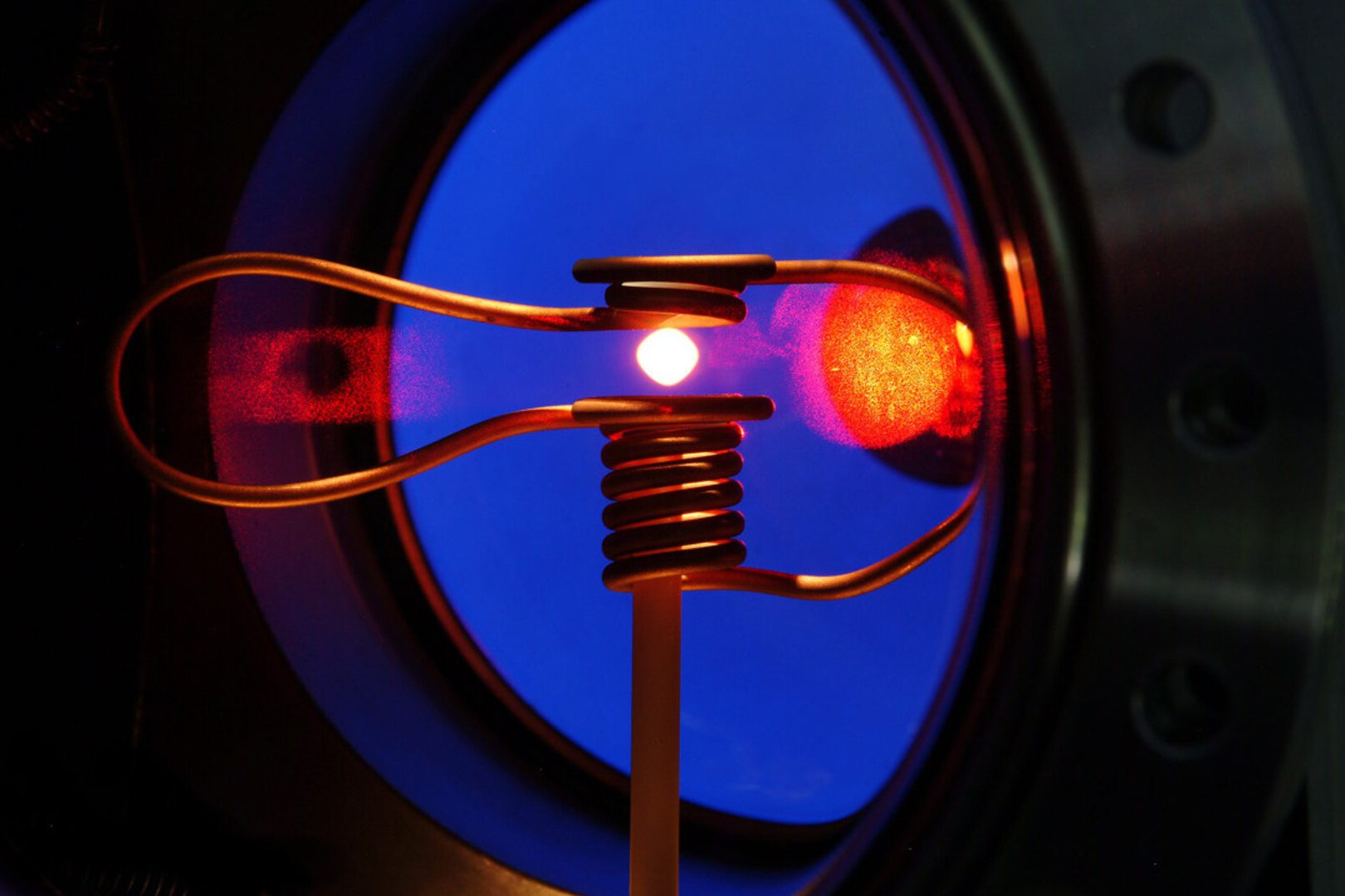
MULTIPHYSICS MODELLING AND DESIGN OF PIEZO-MEMS (PIEZOELECTRIC MICROELECTROMECHANICAL SYSTEMS)
Piezo-MEMS are small-size electromechanical devices able to convert kinetic energy of mechanical vibrations into electric energy and vice versa, due to the piezoelectric effect. MEMS market is rapidly growing because of an increased demand of micro-actuators (e.g., for robotics) and energy-harvesters (e.g., for wireless-sensor networks). Predictive models make development at industrial scale easier, without time-consuming tests and field designs of experiments.
Our current interest is to develop: a) Lumped-element (mono-modal or multi-modal) analytical models suitable for the identification of electro-mechanical parameters and the design of novel piezo-MEMS layouts; b) Time domain and frequency domain 2-D and 3-D FEM models with commercial software; c) New (low-order) numerical methods able to reduce computational complexity.
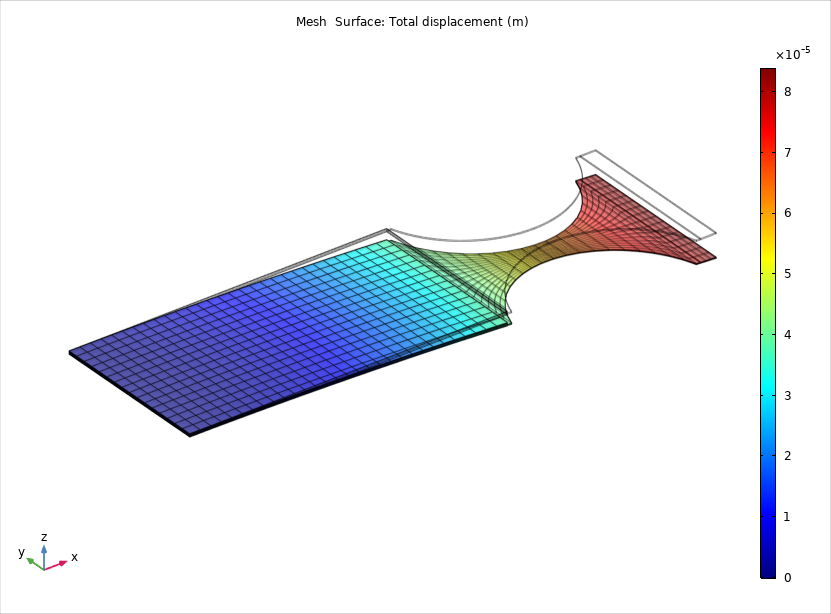
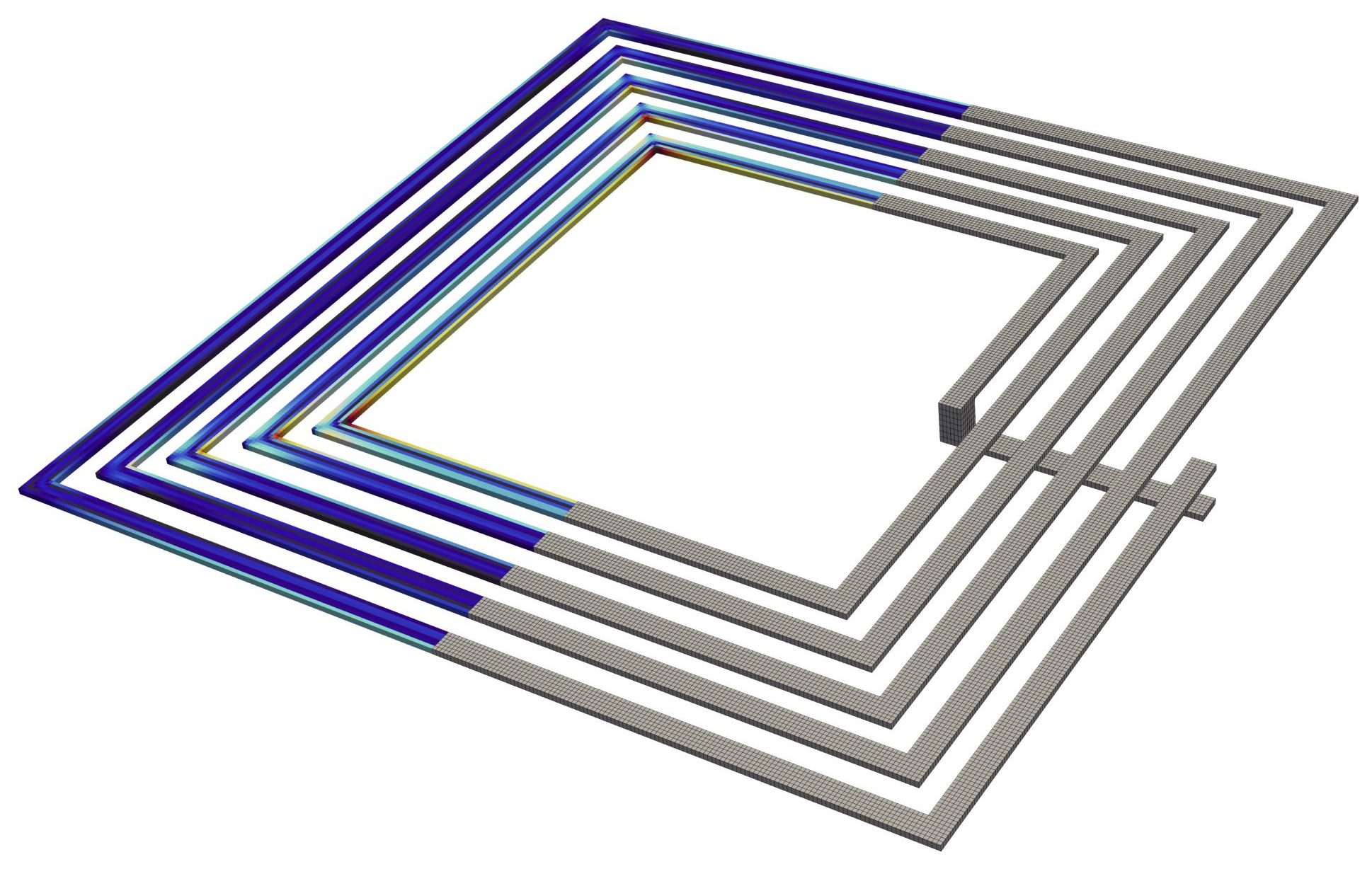
NUMERICAL METHODS FOR THE DESIGN AND OPTIMIZATION OF LOW AND HIGH FREQUENCY EM DEVICES
The need of reducing the weight, size, and cost of electric and electronic devices has been a constant trend over the years. For this purpose, the switching frequency has always been increasing, in order to reduce the passive components’ dimensions, and therefore, the weight, size, and cost of the overall system. Thus, more and more sophisticated and dense electric systems are being and will be adopted causing increasing electromagnetic compatibility problems which may jeopardize the functionality of safety-related systems and the security of data due to both unintentional or malicious interference. This in turn increases the need for numerical simulations, required during the design stage of new components and other steps of the process, e.g. pre-certification.
In this general context, we develop new numerical tools with the aim of addressing the main shortcomings of the existing commercial software and numerical tools for this class of problems.
DIGITAL TWINS OF ELECTRIC VEHICLE TRACTION SYSTEMS
Digital twins, also known as computational mega-models, device shadows, mirror systems, avatars or synchronized virtual prototypes, can be defined as data-, knowledge- and simulation-based virtual representations of physical assets, to be used for real time predictions, virtual measurements, optimization, monitoring, control, and improved decision making.
They are virtual representation of physical assets enabled through data and simulators, for real time prediction, optimization, control, and decision making
improvements.
We develp tools able to generate Digitral Twins of electric motors which can be used for, e.g., the estimation of the driving torque and the internal rotor temperature to improve cooling control and the overall motor performances.
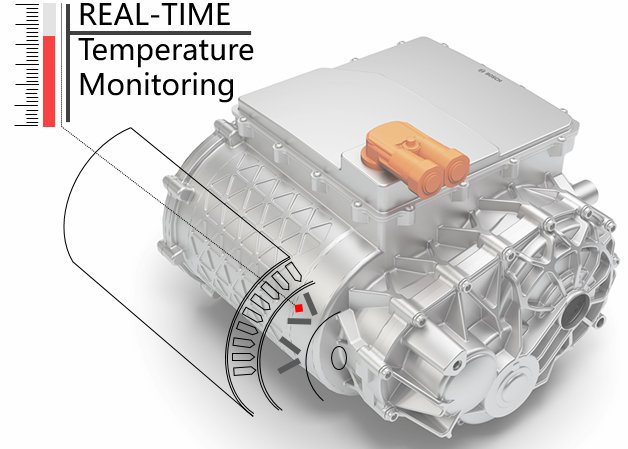
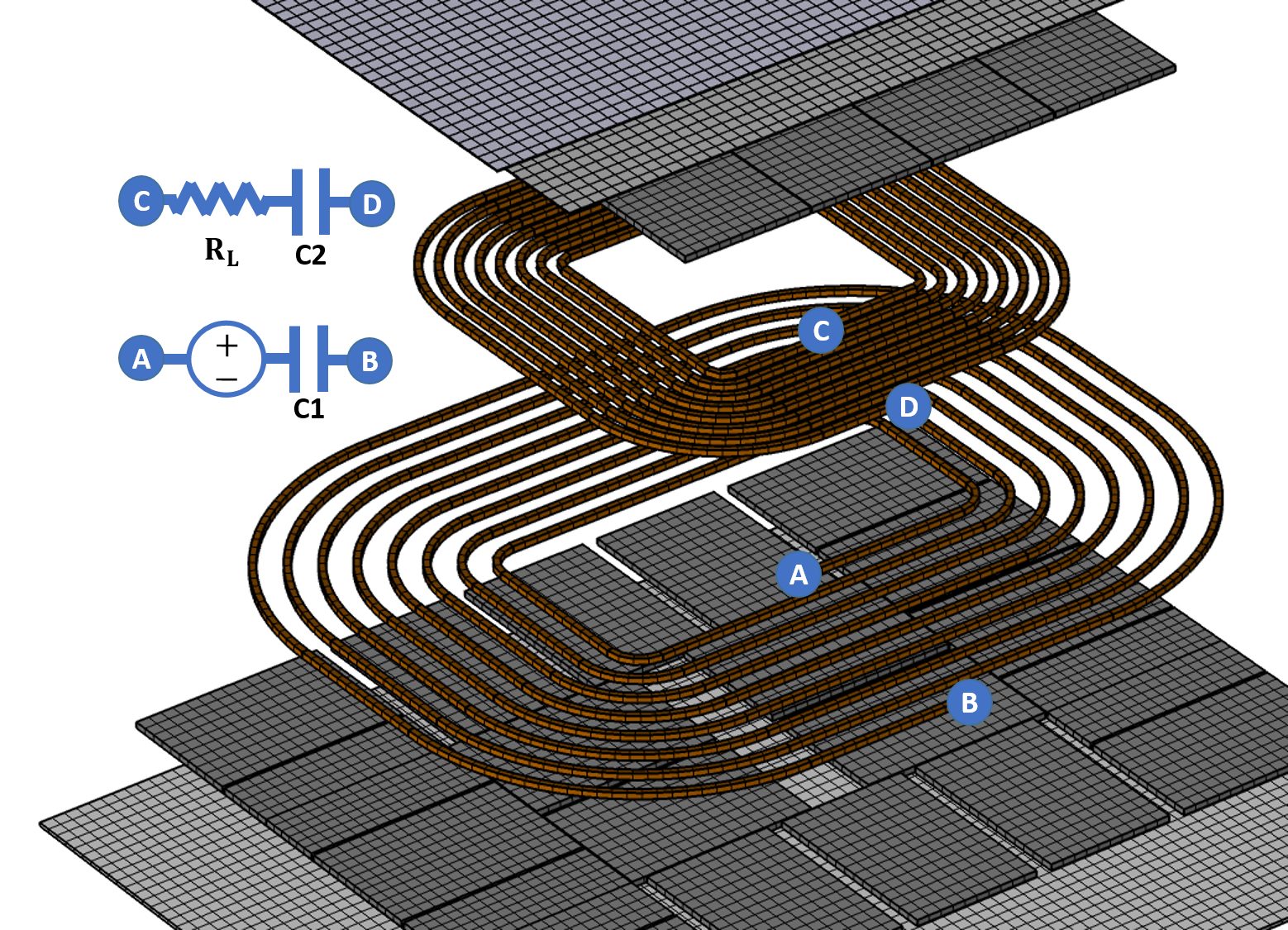
WIRELESS POWER TRANSFER
After about two decades of growing research interest in wireless charging systems for electric vehicles (EVs), the technology of recharging by means of resonant coupled inductors, commonly referred to as wireless power transmission (WPT), is capturing the interest of the automotive industry.
Indeed, various companies are developing their own products for the static charging, i.e. the charging taking place when the vehicle is not moving and the misalignment is constrained within a defined limit.
In this context, we design and analize this kind of devices for specific requirements and enviromental contdition, with outcomes both in the scietific literature and in the area of technology transfer.
